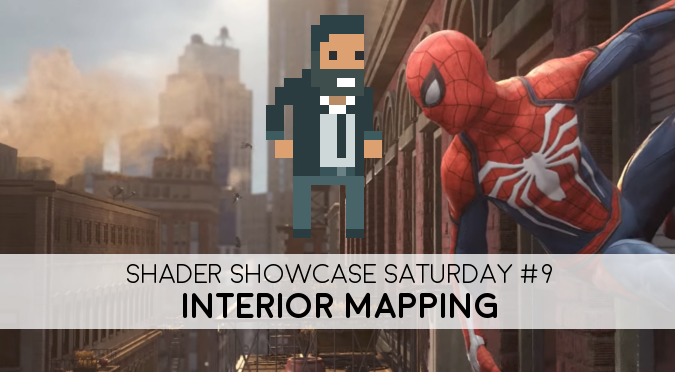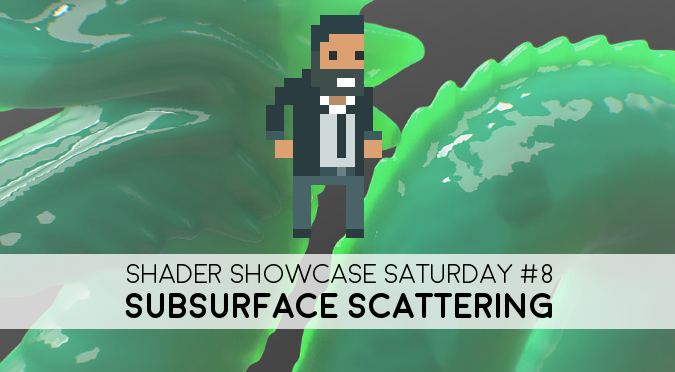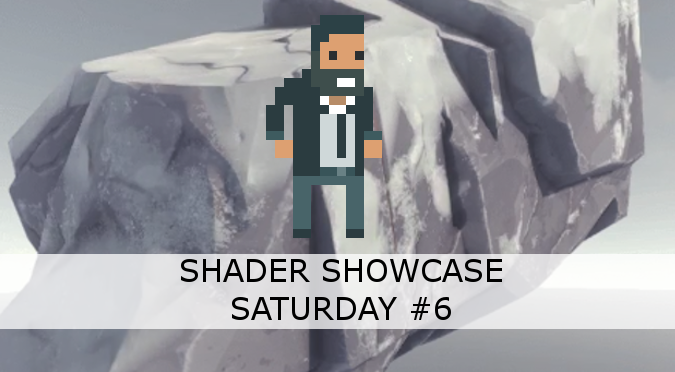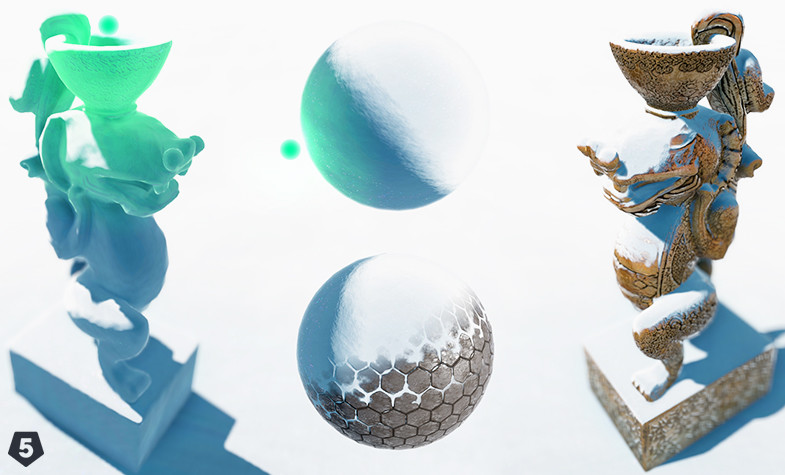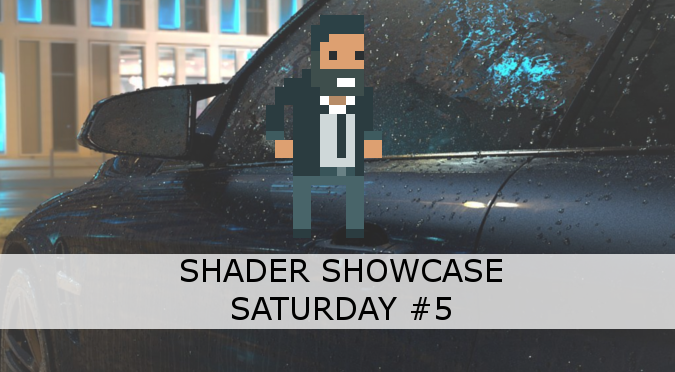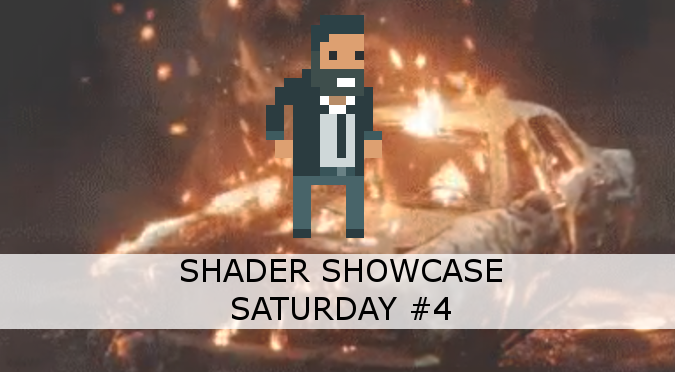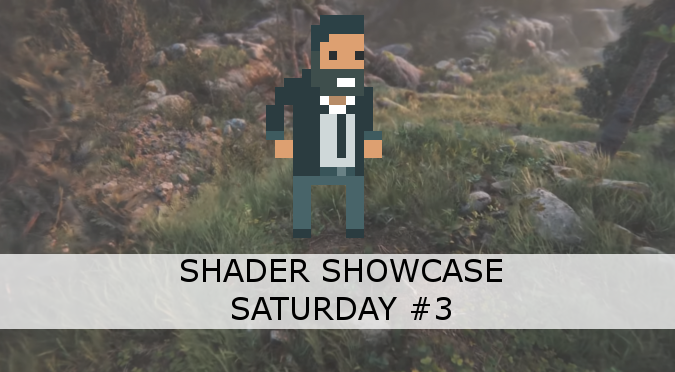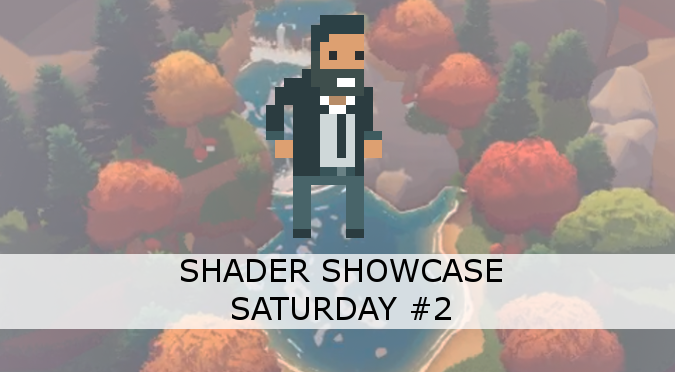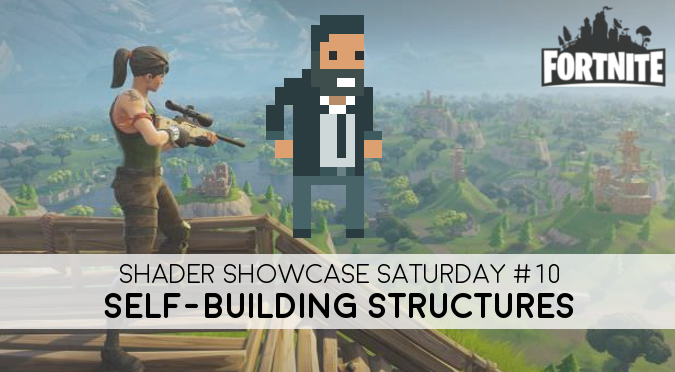
It is no mystery that Fortnite has now become one of the most successful computer games of all time. While many see it as a case study for excellence in marketing and game design, the game itself features some very interesting shader effects.

From a Technical Artist perspective, the most striking effect featured in Fortnite is the self-building effect. When an object is being constructed, its individual pieces appear one by one out of thin air, and fly into position. The same effect is somehow played, in reverse, when an object is damaged, by showing those very pieces flying away and disappearing (above).

